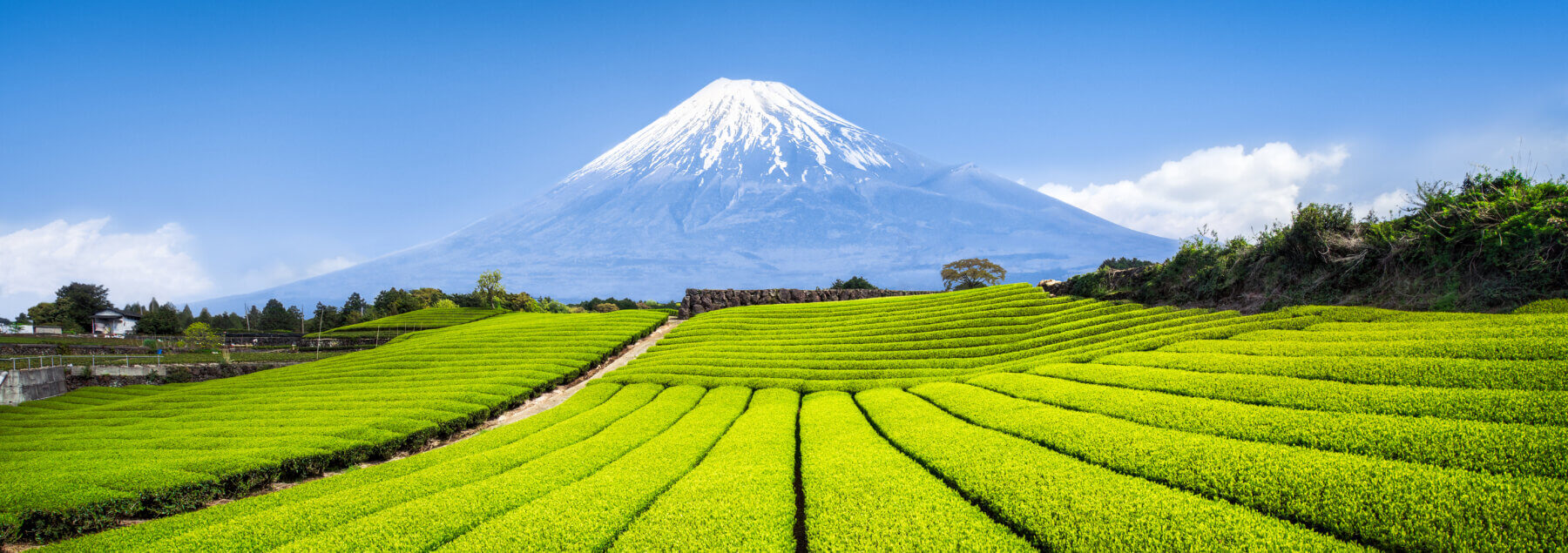A closer look at Japan’s Geographical Indication (GI) label
Over the last ten years the importance and uniqueness of many unique Japanese ingredients has been recognised with and encoded into a Geographical Indication system (GI). This relatively recent legal framework was enacted in 2014 and enforced from June, 2015 and is similar to Italy’s DOP (Denominazione d’Origine Protetta) first introduced in 1963 and overhauled in 1992 to match new European Union law on Protected Designation of Origin. Or the French (Appellation d’origine contrôlée) AOC. The roots of France’s AOC can be traced back to the 15th century, when a French parliamentary decree sought to regulate Roquefort cheese. However, it wasn’t until 1937 that the concept of AOC was extended to wine and enacted in a more widespread fashion. This development occurred when a lawyer-turned-winegrower from Châteauneuf-du-Pape successfully secured legal recognition for Côtes du Rhône wines.

Recognition and Protection
These frameworks impart prestige and authenticity to products by inextricably linking them with the place in which they are found, grown or produced. Prized for the protection they provide producers from savvy marketers, profiting from their hardwon reputation by using the product appellation in a misleading way. They also allow producers the well-deserved recognition, won, in many cases, over generations of cultivation, and beyond the individual producers, they encourage a regional pride and recognition.
A highly regulated system
Japan’s GI protection system is based on the more general Protection of the Names of Specific Agricultural, Forestry, and Fishery Products and Foodstuffs Act. The system operates through a series of steps: the Minister of MAFF registers products with strong ties to region-specific factors, including their origins and distinguishing characteristics. Members of producer organisations meeting the criteria for production area and method can apply for, and then if rewarded, the use of GI labels. Contributing to the worldwide recognition of Japan’s culinary treasures, this governmental mechanism goes beyond branding by actively combating any infringement of GIs, with strict punishment for fraudulent declarations of GI, including jail time and fines of up to 300 million yen (around 2 million US dollars). Government enforcement is allowed to remove counterfeit without the burden of a lawsuit, making the protection fast-acting.
Protecting, acknowledging and fostering the unique history and landscape associated with each ingredient, Geographical Indication is helping Japan create a new category of national treasures. In many ways the GI system is as much an ode to the diversity of Japan’s landscape, as it is to the numerous growers and producers. Take a deep dive into some of the unique ingredients listed on Japan’s GI here.